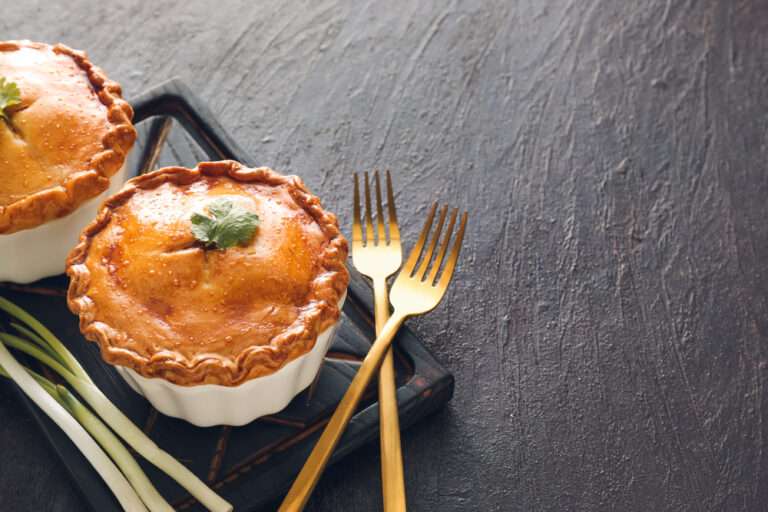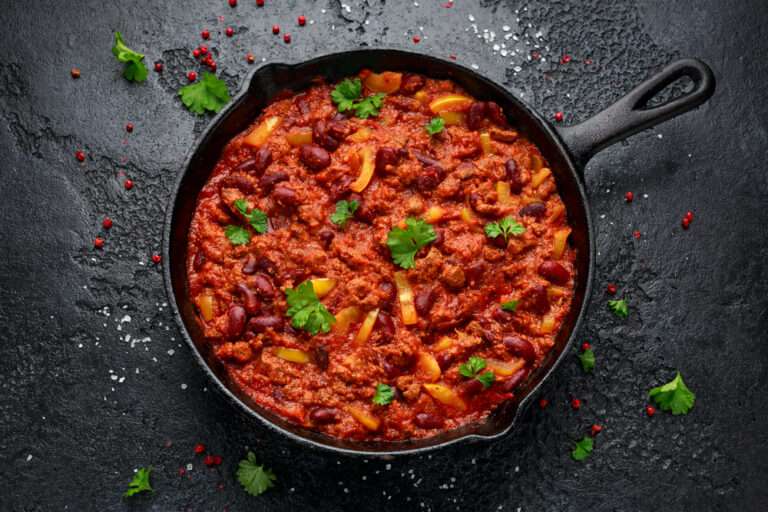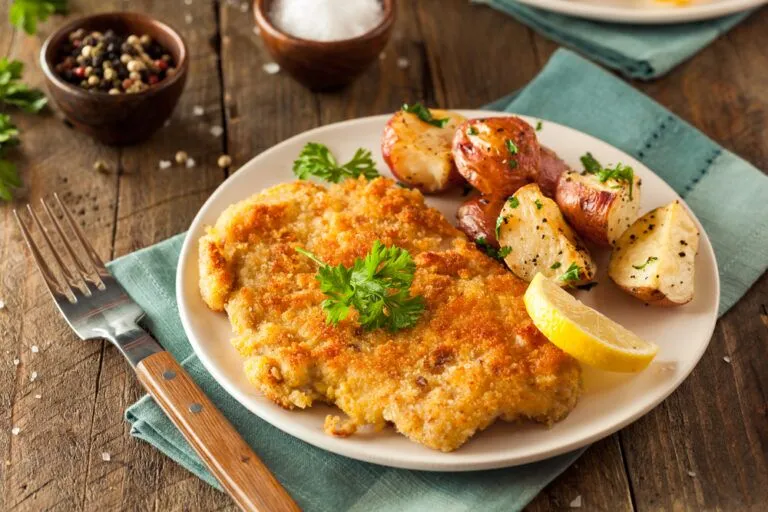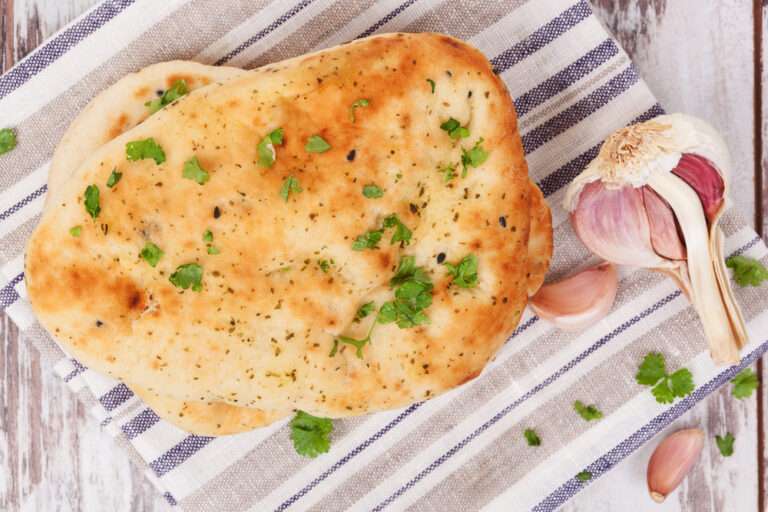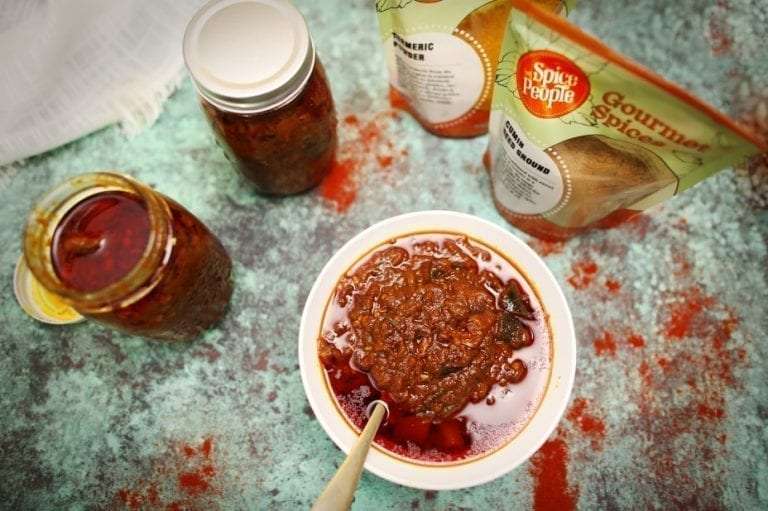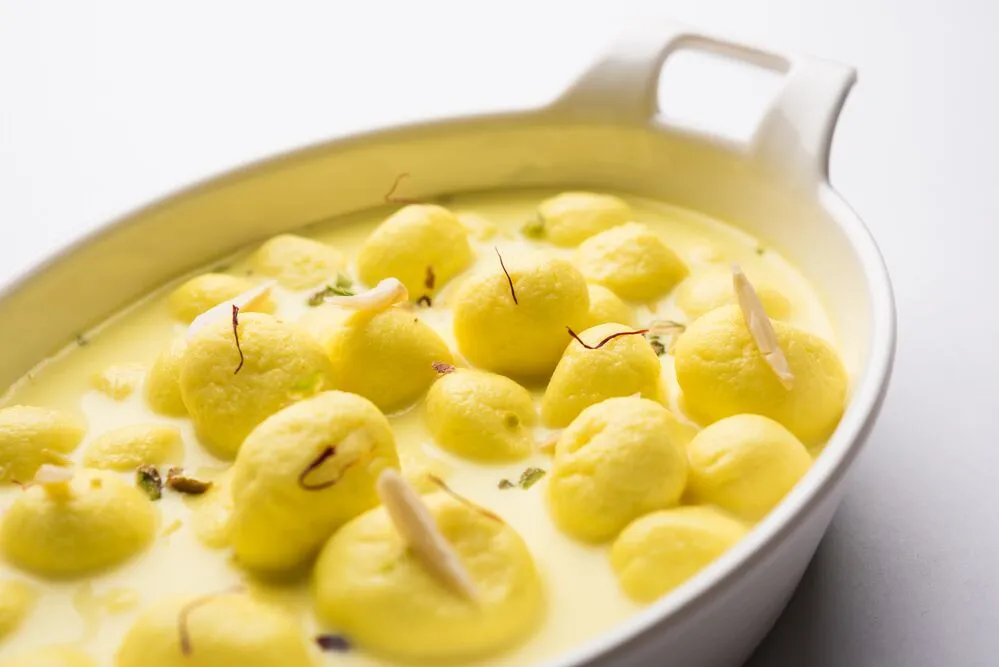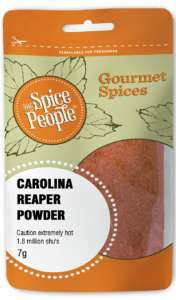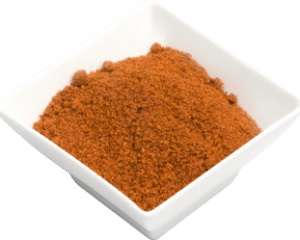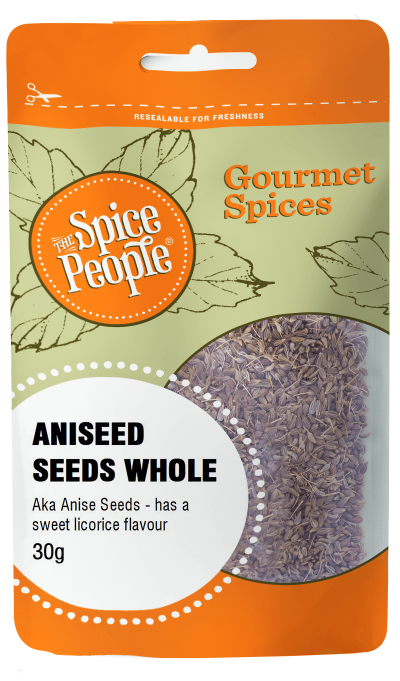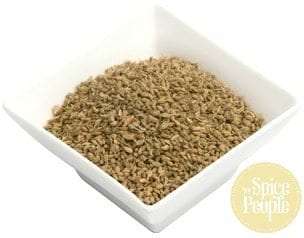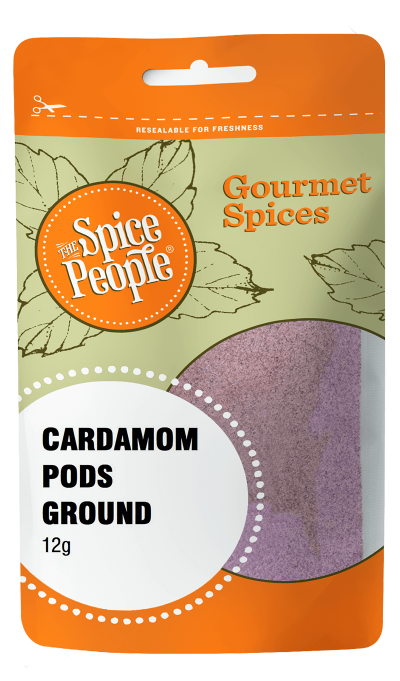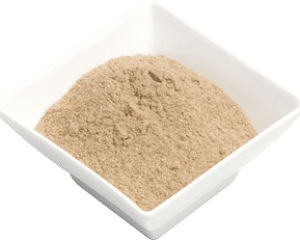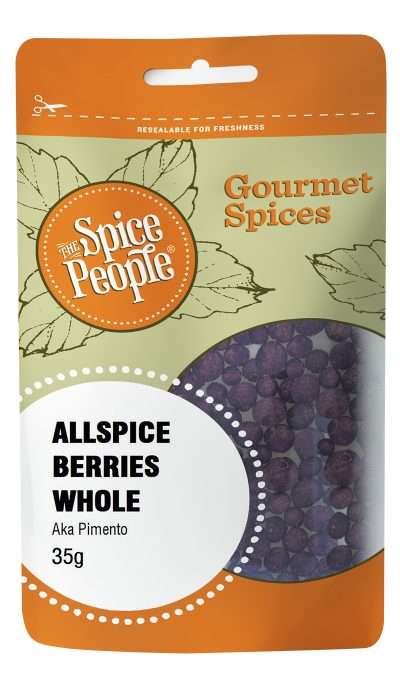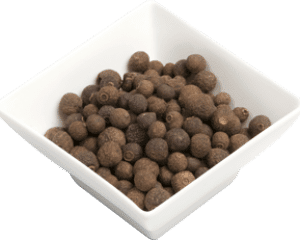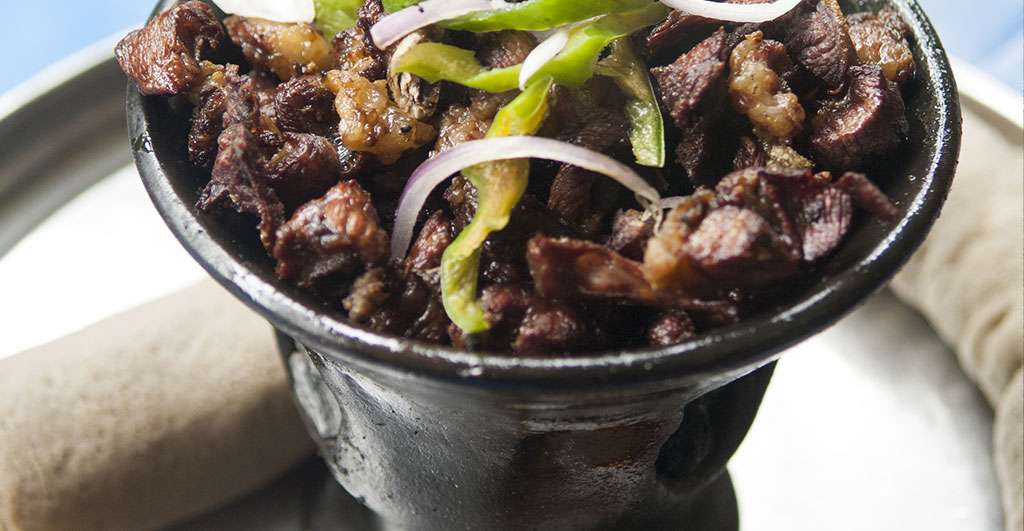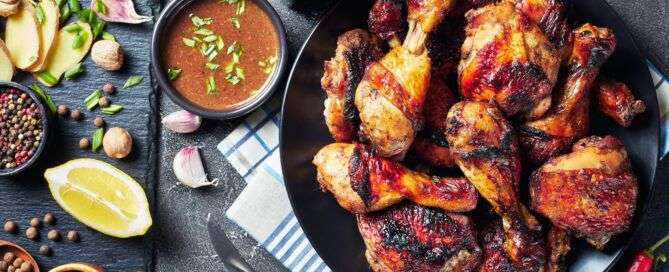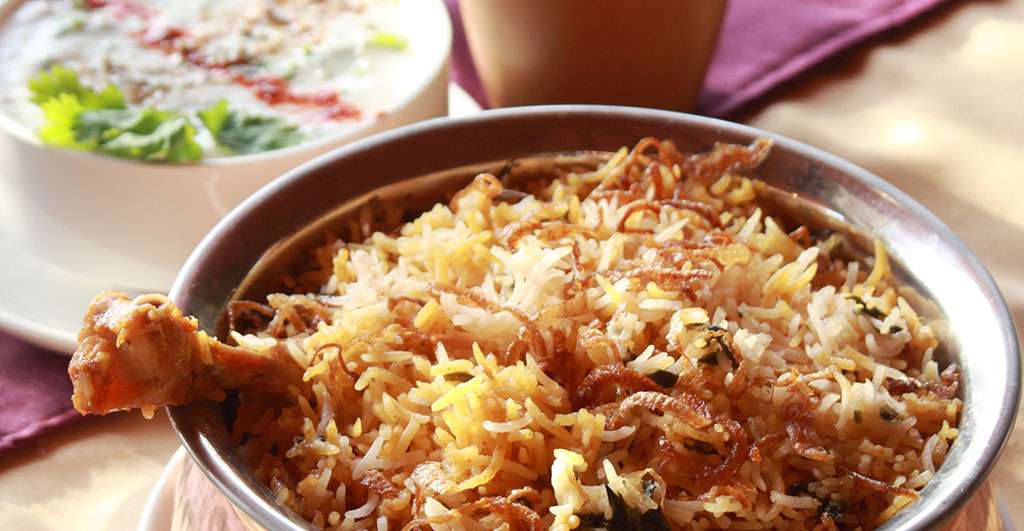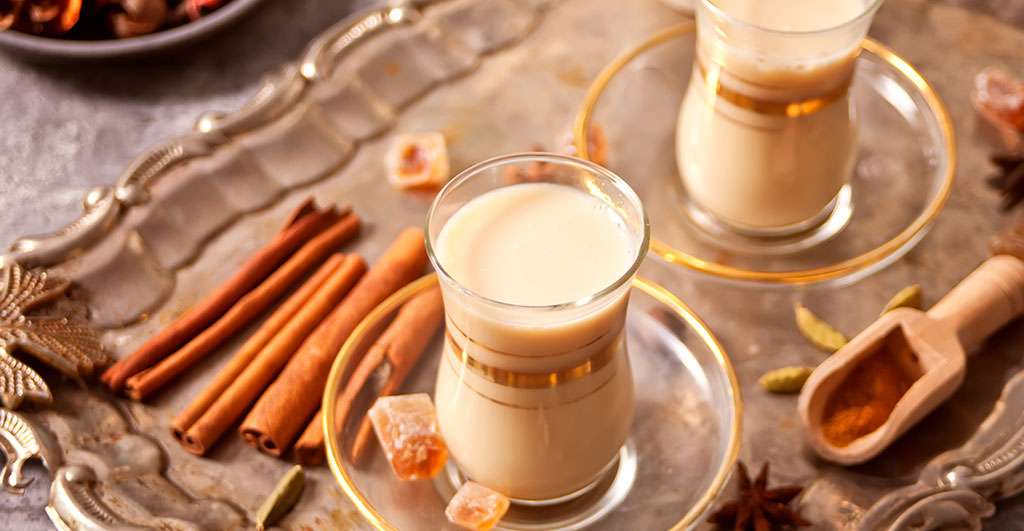Sage Leaves – Australian grown-15g
5 in stock
Product description
Sage leaves are from a small perennial herb native to the Mediterranean, that has greyish-green leaves. It has a strong, astringent, sweet-savoury and peppery flavour and a fresh aroma reminiscent of balsamic. It is an essential herb for pork and poultry stuffing. Commonly used in Italian cooking, particularly with veal. Also, it is good with cheese dishes, eggplant, lamb, soups, stews, turkey, and vegetables. These are 100% Australian-grown Sage Leaves that are harvested at their peak and sun-dried to lock in their flavour and aroma. Australian-grown Sage Leaves are grown, harvested, dried, and processed all on home soil.
Flavour Notes:
Sage leaves are from a small perennial herb native to the Mediterranean, that has greyish-green leaves. It has a strong, astringent, sweet-savoury and peppery flavour and a fresh aroma reminiscent of balsamic. It is an essential herb for pork and poultry stuffing. Commonly used in Italian cooking, particularly with veal. Also, it is good with cheese dishes, eggplant, lamb, soups, stews, turkey, and vegetables.
Culinary Notes:
With a strong, astringent, sweet savoury and peppery flavour and a fresh aroma reminiscent of balsamic, Sage is paired perfectly with meats like pork and veal, but can also be added to just about any savoury dish. Soups, stews, pasta sauces, cheese sauces, roasts, Sage is one of the most versatile and popular herbs. These are 100% Australian-grown Sage Leaves that are harvested at their peak and sun-dried to lock in their flavour and aroma. Australian-grown Sage Leaves are grown, harvested, dried, and processed all on home soil.
Health Benefits:
Sage is a herb that belongs to the mint family and contains volatile oils and flavonoids and acids that have several medicinal properties. It is anti-oxidant and anti-inflammatory and it is closely associated with better functioning of the brain as an outstanding memory enhancer.
Ingredients:
100% dried Australian Sage Leaves
How to use
Recipe/product links:
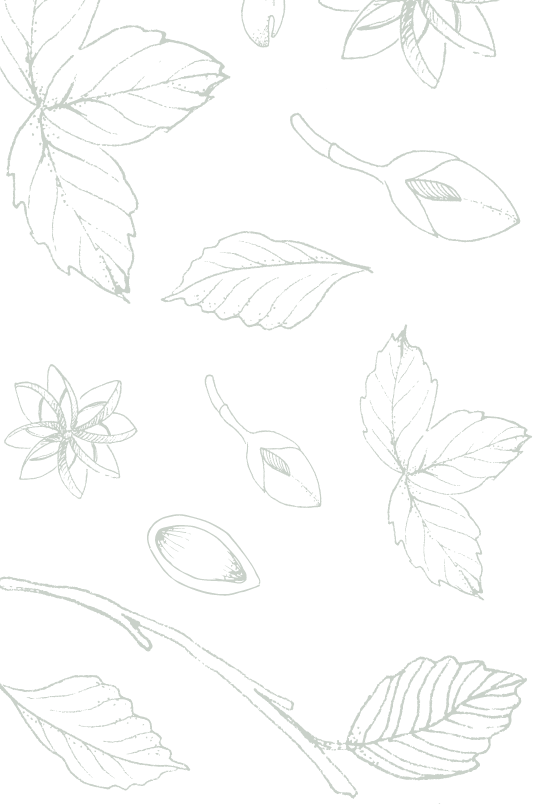
The Spice People FAQs


The Spice People FAQs
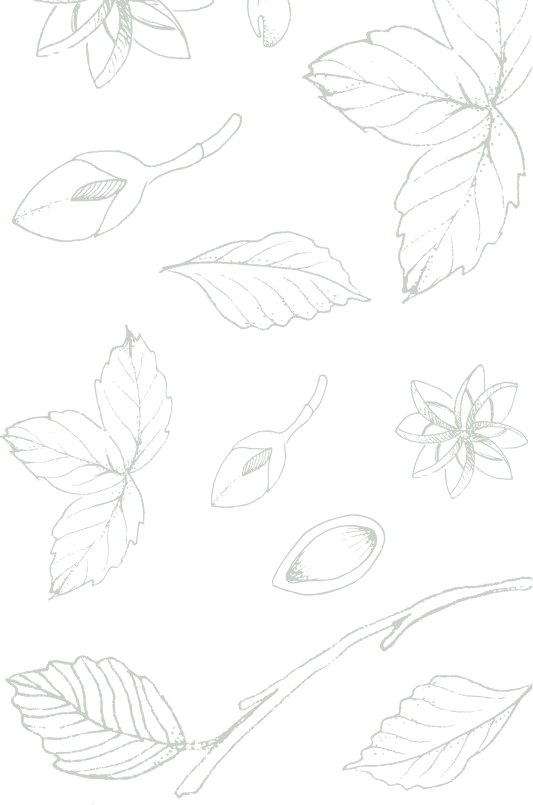
Other Spices you may like
Featured in



Join the Spice People to Get Started on Your Culinary Spice Journey!
Be the first to hear about our exclusive promotions, new product releases, recipes and more.



